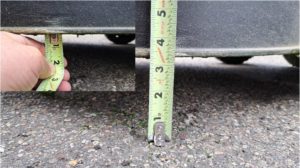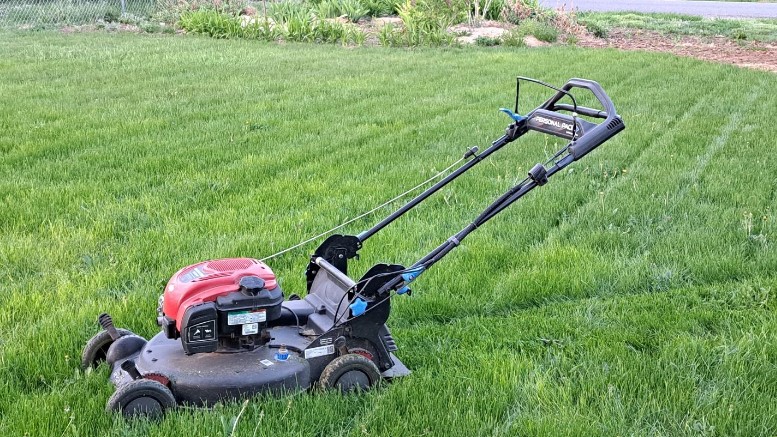In the Garden: Start your lawn out right
Published at | Updated at
Spring is finally here and is the time to train your lawn. A healthy lawn will be more resistant to insects, weeds and diseases. Spring mowing and irrigation practices set the stage for lawn resilience during the summer — it will get hot eventually.
Mowing
When possible, mow more frequently when the grass is growing fast and not as often when growth is slow. The target is to not remove more than 1/3 of the grass blade. Ideally, mow every four or five days in the spring and fall and every ten days during the hot summer season. A good average is to mow weekly all season long.

Even more important is the mowing height. Grass that is cut shorter than two-and-a-half inches will have shallow roots — the longer the blade, the deeper the roots. Three to three-and-a-half inches is better. The easiest way to measure is to determine how far above the edge of the mower deck the blade is inside the deck then measure to the bottom of the deck with the mower on the sidewalk or driveway. Add the two numbers together for your mowing height.
The mower blade should be sharpened after every 10 hours of use. A sharp blade will make a cleaner cut and the tips of the cut grass will have less browning.
Mulching the grass clippings back onto the lawn will help conserve water, reduce weed seed germination and reduce the amount of fertilizer that needs to be applied.
Irrigation
Proper irrigation in the spring will encourage deep root development. A healthy lawn should have roots to about twelve inches deep. The first step to proper irrigation is to check your system to make sure it is functioning properly.
People will often say they water every night for 20 minutes.
First, every night is not necessary. Frequent spring irrigation encourages shallow roots. The amount of water available to the plants in the summer is limited.
Second, twenty minutes is no indication of how much water is being applied to the lawn. Take a few minutes to determine how long it takes to apply 0.50 – 1.0 inches of water. Do this for each zone. Once that number is determined, that is how long you should run that zone, every time you irrigate.
Now that you know how much you are applying you need to adjust the frequency with the season. If you have a sandy soil, you will target the ½ inch of water and water a little more frequently because sandy soils do not hold as much water. If your soil is loamy to clayey then target one-inch application and water less frequently.
Depending on the spring rains and winds it may be 7 – 14 days between irrigations. As the growing season warms up and dries out, you can go about 3 days for sandy soil and 5 days for heavier soils.
So, rather than set your sprinkler system in the spring and turn it off in the fall, take control of your controller and irrigate when the lawn tells you that it needs it. Use the automatic feature of your timer only when you go on vacation.
Spots that seem to dry up too quickly can be hit with a hose-end sprinkler every other week.
Train your lawn roots to go deep now, before it gets hot.

In the Garden is sponsored by ProPeat, which is dedicated to delivering solutions for any of your professional fertilization needs. Whether you need to reduce the harm to soils and the environment, or you're interested in the latest nitrogen, carbon and biochemical technologies, ProPeat is the perfect fit.


